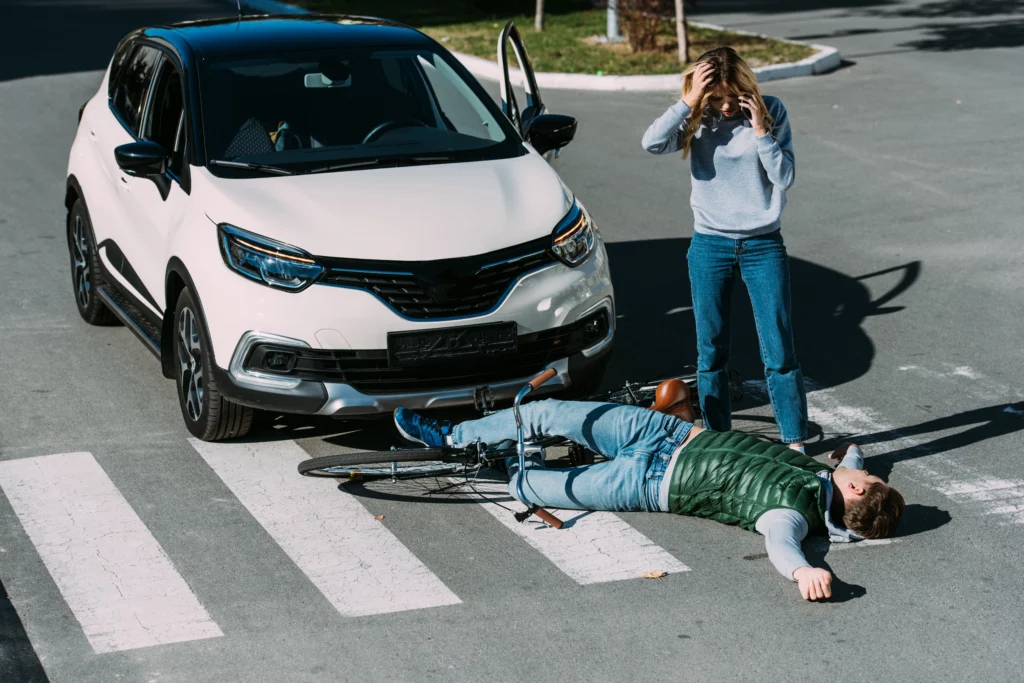Retirement used to mean winding down. For generations, it was painted as the slow fade into routine: early dinners, quiet hobbies, and maybe a bingo night or two. But lately, more and more older adults are flipping that tired image upside down. They’re not fading out—they’re doubling down. They’re working part-time, starting businesses, traveling farther, and staying sharper. There’s a surprising boldness to today’s senior life that few saw coming, and frankly, it’s way overdue. The question isn’t how to stay busy in retirement—it’s how to keep up.
When Slowing Down Becomes Optional, Not Inevitable
Aging no longer equals the automatic surrender of drive or independence. In fact, many older adults are choosing to stay active because it gives them energy, not because someone told them they should. They’re joining walking groups, mentoring younger entrepreneurs, picking up new trades, even enrolling in college classes. Some are learning the basics of coding. Others are becoming artists after decades in jobs that never allowed creativity to breathe. There’s no expiration date on curiosity, and people are starting to realize it.
It’s also about structure. When a nine-to-five ends, that daily rhythm disappears too, and many folks find that to be a little disorienting. Replacing it with something fulfilling—something real—isn’t just about passing time. It’s about choosing purpose. Some days, that might look like helping with grandchildren. Other days, it’s about restoring an old boat or volunteering at a local museum. But what really drives this resurgence in engagement is the simple truth that people want to feel needed. And when that drive is met with freedom, a new kind of energy appears. One that surprises even them.
What It Really Means to Feel Secure—And Why That Feeling Starts With Planning, Not Luck
It’s hard to enjoy this vibrant chapter of life if you’re constantly worried about money. That doesn’t mean you need to be rich to have a good retirement—it just means you need to feel in control. And that starts with getting real about what you’ll need. Far too many people think Medicare will cover everything or assume Social Security will stretch further than it does. But surprises in healthcare and housing can arrive fast, and when they do, they don’t usually knock first.
This is where peace of mind becomes its own kind of currency. People are taking the time now to talk with financial planners, downsizing homes not just for simplicity but for smarter budgeting, and making decisions that reflect where they really want to spend the next twenty years—not where they’re told they “should” go. Sometimes that includes investing in life insurance, even later in life, not just to leave something behind for children, but to protect a spouse or partner who may outlive them by years or even decades. Stability isn’t about sticking to old ways. It’s about adapting early, so you don’t get caught off guard.
The Quiet Revolution in Senior Living: Why More People Are Choosing Communities That Actually Work for Them
Let’s be honest—nobody dreams of moving into a nursing home. That idea, for many, still carries the baggage of dim rooms and hospital-like settings. But something interesting has been happening behind the scenes. A new generation of senior living options has quietly emerged—and it’s redefining what “support” really looks like.
One of the standouts in this shift has been the rise of specialized care options that feel less like institutions and more like real homes. Think small, well-designed places with gardens, daily activities, and real human connection. For people dealing with Alzheimer’s or other forms of dementia, the need is specific—but so is the solution. Families are increasingly turning to memory care in Houston, Boston or D.C., where the standard of care goes well beyond safety and includes things like music therapy, language stimulation, and community design that keeps people mentally and emotionally engaged. These aren’t just services—they’re lifelines. And they’re changing the way families think about aging with dignity and grace.
Redefining What Love and Friendship Look Like After 65
Another surprise for many older adults is just how much their relationships evolve once work and kids aren’t dominating the calendar. New friendships take root in places people never expected. From group travel tours to pottery workshops to those random conversations in the corner of the gym—something starts to click. When the rush of the career ladder disappears, what’s left is time. And that time allows room for the kind of connections we don’t always get to make when we’re younger.
And then there’s love. Yes, people fall in love after 65. And yes, sometimes it’s even better than the first time. Whether it’s dating again after loss or finding companionship that isn’t about convention but about laughter and shared values, older adults are giving themselves permission to feel things deeply again. Romance doesn’t have an age cap. It only asks for openness. And many seniors are realizing that being open to love, even after heartache, is one of the bravest things they can do.
Why Tech Isn’t Just for the Young Anymore
Technology may have once felt out of reach, but that’s shifting, fast. Seniors are learning to FaceTime grandkids, run Etsy shops, trade stocks online, and track their health with wearables. Some are using voice-to-text tools to write their memoirs. Others are teaching themselves video editing to tell their stories on social media. They’re not just consuming tech—they’re using it to create, to connect, to belong.
There’s something incredibly moving about watching someone in their seventies or eighties tackle a whole new skill set, not because they have to, but because they want to. Learning tech at an older age isn’t about catching up with the world. It’s about staying in it. And maybe even leading it.
Letting the Next Chapter Be the Best One
So much of the old script about aging doesn’t hold up anymore. What’s replacing it is messier, more colorful, more alive. It’s full of second acts, unexpected friendships, surprising confidence, and a growing refusal to be boxed in by stereotypes. Whether someone is 67 or 87, there’s more on the table than anyone used to believe.
It turns out retirement doesn’t mean the end of the road. For many, it’s the first real chance to write their own story, without deadlines, without pressure—just possibility.
Stay in touch to get more updates & news on Internal Insider!










